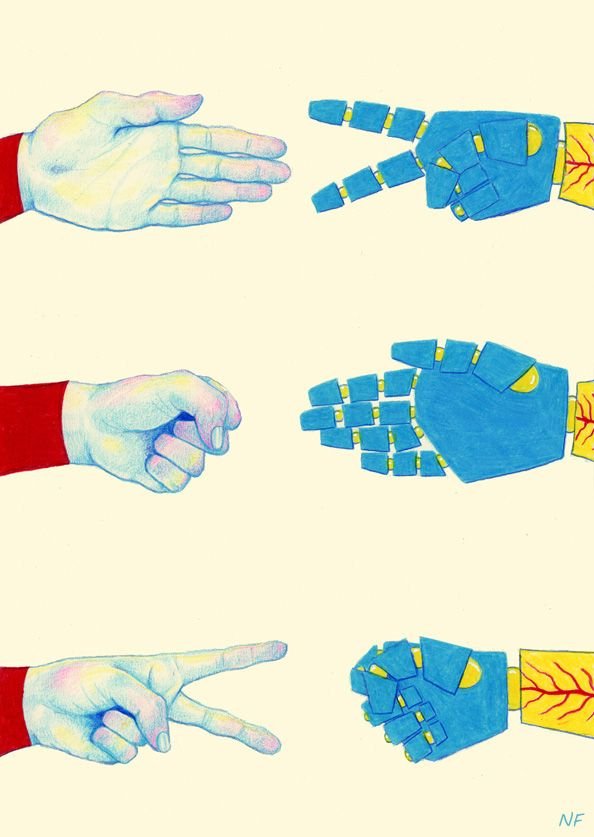How to protect your creative job from A.I.
Recently I’ve seen an uptick in clients sharing fears that their job will be replaced by A.I.
Graphic designers, writers, illustrators, musicians — people who create imagery, words, and sounds are worried that A.I. will quickly become so proficient and convenient that it will eliminate the value of their craft or artistic gifts.
As much as I am a huge believer in human talent and power, I have had to come to terms that A.I. is here to stay and we need to look at it with open eyes in order to not be taken by surprise.
Safeguarding your creative job against any potential threats of AI involves a combination of proactive measures and adaptive strategies. Here are some things I recommend you consider as you continue to grow in your career:
Always be learning — Be aware of emerging technologies and trends relevant to your industry. You don’t need to learn every new tool that comes onto the market, but understand the main ways that A.I. is impacting your career. For example, if you’re a podcaster, figure out how people are using A.I. to help them with their scripts and show notes. This will help you know which new skills to acquire and which ones complement your existing ones.
Understand what is irreplaceable — Identify and highlight the unique skills and strengths that set your you apart from A.I. automation, i.e. creativity, emotional intelligence, critical thinking, problem-solving, leadership, and interpersonal communication skills. For those working at companies: grow your visibility in these areas to keep showcasing the value you bring that makes you indispensable to your organization. For the self-employed: share more of your human-ness by showing evidence of you as a human being (photos and videos of yourself) or even hosting live workshops, meetups, events.
Collaborate with it — Identify ways to leverage A.I. technologies to save you time and improve your output by enhancing your productivity, efficiency, and decision-making processes, i.e. using A.I.-powered analytics tools, writing capabilities, automation software, or virtual assistants to streamline tasks and improve your overall performance.
Keep options open — Explore multiple income streams, like freelancing, consulting, entrepreneurship, or pursuing side projects and passion pursuits outside of your primary job. Understand how other people in your line of work are exploring their career options by having conversations with others, attending industry events, and reading relevant content by thought leaders in your industry.
Stay flexible — **Above all** Cultivate a mindset of adaptability. Get curious. Instead of having a fear stance toward A.I., how can you view these technological advancements as opportunities for growth or interesting ways to learn?
I cannot stress the last point enough! It is critical that you remember that being resilient is about accepting that nothing stays the same, change is a constant, and so we must remain ready to respond and adapt.
We just can’t predict all the ways that A.I. is going to change the job market landscape and the economy as a whole. Checking your mindset is instrumental to how you engage with A.I. and ultimately let it help you instead of hurt you.
Related resources:
Freelance, and Business, and Stuff — The Course — from Hoodzpah. For those wanting to add a freelance stream of income or get better at the financial and operational side of freelancing. I have personally audited this course and can verify that this is a super helpful resource packed with pragmatic information on how to run the business side of your creative life. Bonus points for offering access to a Slack community for additional camaraderie and support.
Shades of Intelligence — a new series investigating the creative industry’s growing relationship with artificial intelligence from It’s Nice That
Best AI tools for creator workflows in 2024 - from Teach:able
How to Use AI in Creative Workflows (Tips & Examples) - from the Superside blog

